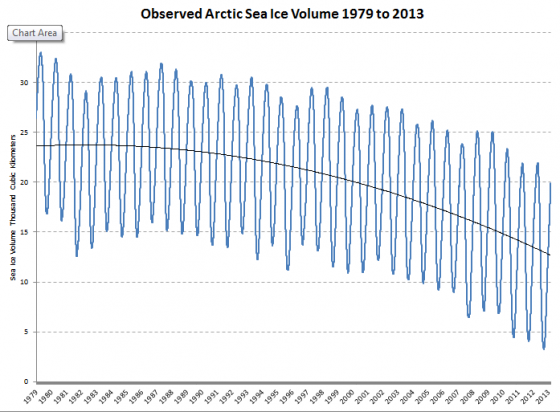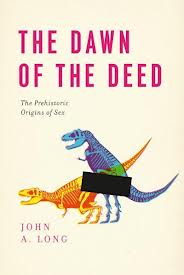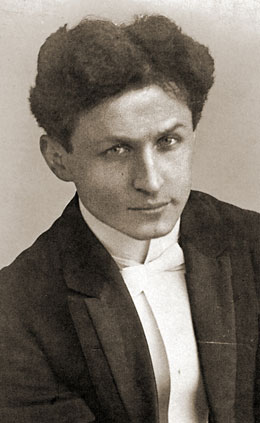
The “Lake Pit” in Hancock Park, with the fiberglass mammoth family on its edge. The Page Museum is in the background.
Two years ago this week, I began my weekly contributions to SkepticBlog. It seems amazing to realize that it has been that long, or that I’ve written over 100 essays in that time span. I now begin to appreciate how difficult and stressful it can be, and how newspaper columnists must work, always on the lookout for some germ of an idea to expand into 2000-3000 words. But it’s even harder in a science-based blog, where I’m not just flagging recent stories that I’ve encountered, but also try to write a column of substance full of background that is carefully researched, and adding some of my own scientific perspective on its importance. It’s more like the columns Stephen Jay Gould had to write for Natural History magazine, but he only did them once a month!
Given the occasion, I thought I’d indulge myself and actually blog about some of my own recently published research. I was one of those kids who got hooked on dinosaurs at age 4, and never grew up—except when I was a kid in the 1950s, dinosaurs were not cool with every kid under 12 as they are today. I was the only kid in the school who liked dinosaurs, and I was considered a freak because I knew all about them and could pronounce their names. Now every kid over 7 can do it, apparently. As soon as I knew what a paleontologist was, I knew that’s what I wanted to do. In sixth grade, my teacher Mrs. Helene treated her top boy and girl to a trip out to the Miocene fossil beds at Redrock Canyon (she was a member of the L.A. Natural History Museum, so we got to join her on a member’s tour). By the time I reached tenth grade, I had mapped out where I was going to college and what I was going to study. (I went to U.C. Riverside because it was then cheap for California residents, less than $200 a quarter, not too far from home, yet the large campus had only 4000 students but outstanding geology and biology programs with two paleontologists in the faculty). In the summer after 10th grade (1970), the La Brea tar pits were allowing volunteers to work on their new excavation in Pit 91, and I was eager to join in. As an untrained high school kid, I was relegated to the beginner’s task for all volunteers: sorting out the microfossils (tiny rodent and bird bones, snail and clam shells, insect and plant remains, etc. from the concentrated material left after they wash all the tar out with solvents). They plunked us down on a table beneath a big sycamore tree, and we each had a large lighted magnifier on a stand to see what we were doing hands-free, while we used a tiny wetted paintbrush to pick up these minuscule fossils and place them in the keeper vials. It was dull, tedious work most of the time, but every once in a while we’d find a spectacularly preserved tiny bird bone or rodent jaw, or beetle wing cases which are still iridescent, which made things interesting. I didn’t drive yet, so I had to spend almost 4 hours riding the buses down from Glendale to downtown Skid Row, and then out Wilshire Boulevard and back, just to work for about 4-5 hours a day. But it was lots of fun, and convinced me that no matter how difficult or tedious the work, I was determined to become a paleontologist. (continue reading…)






 As a magician, Harry Houdini was a trickster pretty much by definition—and, of course, a good one. He was quick to turn mere happenstance to his advantage (as when he commanded the rain to stop and begin again at a Fourth of July party)
As a magician, Harry Houdini was a trickster pretty much by definition—and, of course, a good one. He was quick to turn mere happenstance to his advantage (as when he commanded the rain to stop and begin again at a Fourth of July party)